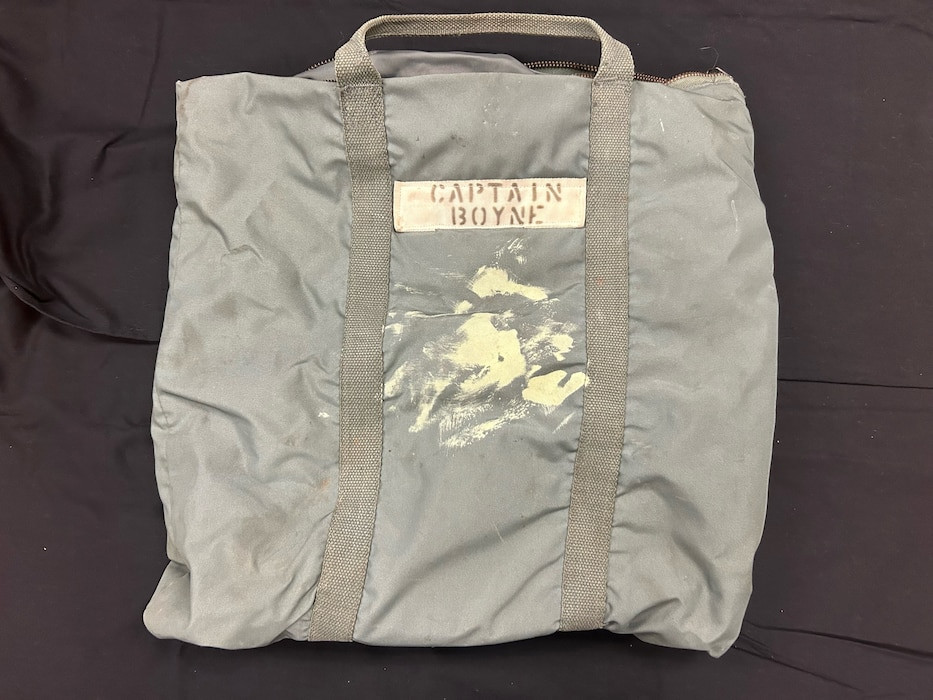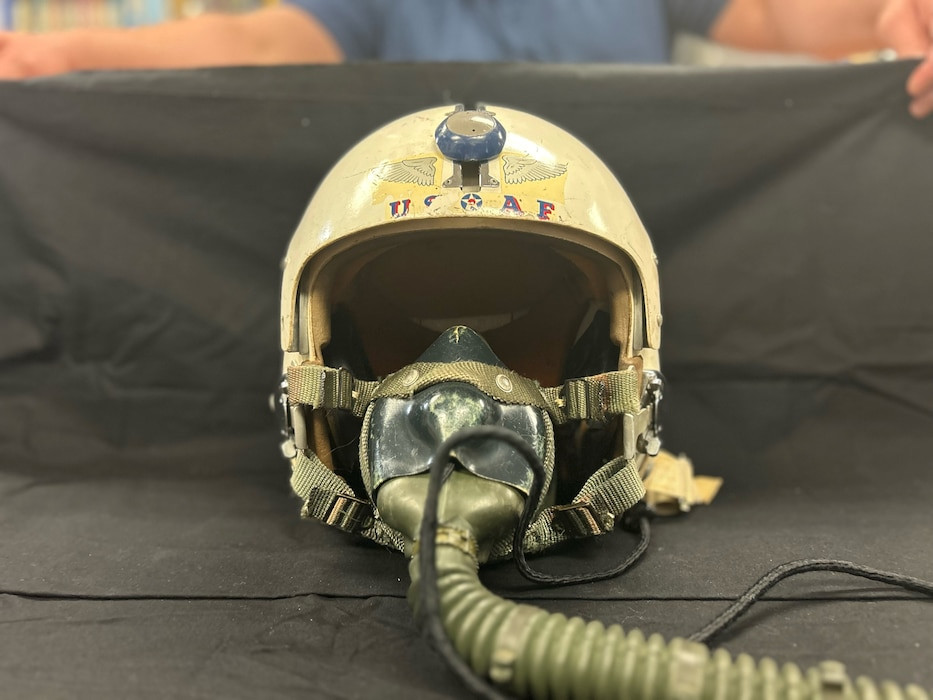An insightful exhibit at the Air Force Materiel Command (AFMC) Headquarters offers a detailed look into the history and evolution of Air Force clothing, emphasizing the command’s crucial role in uniform development. Located in Building 262 at Wright-Patterson Air Force Base, this display features a curated collection of uniform images spanning from the 1940s to the present day, providing a visual narrative of the changing styles and functionality of Air Force attire, including the distinctive uniforms worn by air force pilots.
Featured Uniform: The Vietnam-Era K-2B Flight Suit
A highlight of the exhibit is the Vietnam-era K-2B Flight Suit, generously donated by Colonel Walter Boyne, USAF, Retired. This flight suit represents a significant era in air force pilot uniform history, reflecting the practical needs and technological advancements of the time. The K-2B was a standard flight suit for pilots during the Vietnam War, designed for comfort and functionality in the cockpit.
Walter J. Boyne was not only a decorated air force pilot but also a renowned author and aviation historian. His career began in 1951, serving as a bomber pilot with thousands of flight hours. Boyne’s experience included flying B-50 and B-47 aircraft in Strategic Air Command and working as a nuclear test pilot with the 4925th Nuclear Test Group at Kirtland Air Force Base, piloting both B-47 and B-52 bombers. After retiring from the Air Force in 1974, he contributed significantly to aviation history as a curator and later director of the National Air and Space Museum from 1983 to 1986. His legacy connects directly to the artifacts on display, offering a personal touch to the historical uniforms.
Colonel Walter Boyne’s Flight Artifacts
The exhibit also showcases a collection of Colonel Boyne’s flight artifacts, providing a glimpse into the equipment used by air force pilots during his service. These items offer a tangible connection to the daily experiences of pilots and the tools they relied upon.
 Flight bag
Flight bag
Among the artifacts are flight bags used to carry essential gear, flight handbooks containing critical operational procedures, and navigation tools vital for pilots in pre-GPS aviation. These items illustrate the evolution of flight technology and the constant demands placed on air force pilots.
 flight helmet and mask photo
flight helmet and mask photo
Also included are flight helmets and oxygen masks, crucial pieces of pilot uniform and safety equipment, highlighting the life-saving technology integrated into pilot gear. These artifacts together paint a picture of the comprehensive uniform and equipment ensemble required for air force pilots.
Exploring the Uniform Image Gallery: A Visual History
The uniform image gallery within the exhibit presents a broader spectrum of Air Force uniforms. It displays a variety of styles and eras, starting from the “Pinks and Greens” uniform of the World War II transition period, favored by officers who transitioned from the Army Air Forces to the newly established Air Force.
The gallery further includes examples like the 1960s Flight Suit, illustrating the changes in pilot uniforms during the Vietnam era, and women’s service dress uniforms from the 1970s, showcasing the diversification in Air Force personnel and their uniforms.
From men’s blue mess dress to the 1990s McPeak Uniform, the exhibit covers significant uniform changes and proposals, reflecting the Air Force’s ongoing adaptation to operational needs and style evolutions. The inclusion of physical training uniforms and duty uniforms further emphasizes the wide range of clothing worn by Air Force personnel in different roles and periods.
This exhibit at AFMC Headquarters serves as an important educational resource, detailing not just the aesthetic changes in air force pilot uniforms and general attire, but also the functional and historical significance behind each design. It’s a must-see for anyone interested in military history, uniform evolution, and the proud heritage of the United States Air Force.

